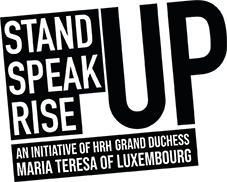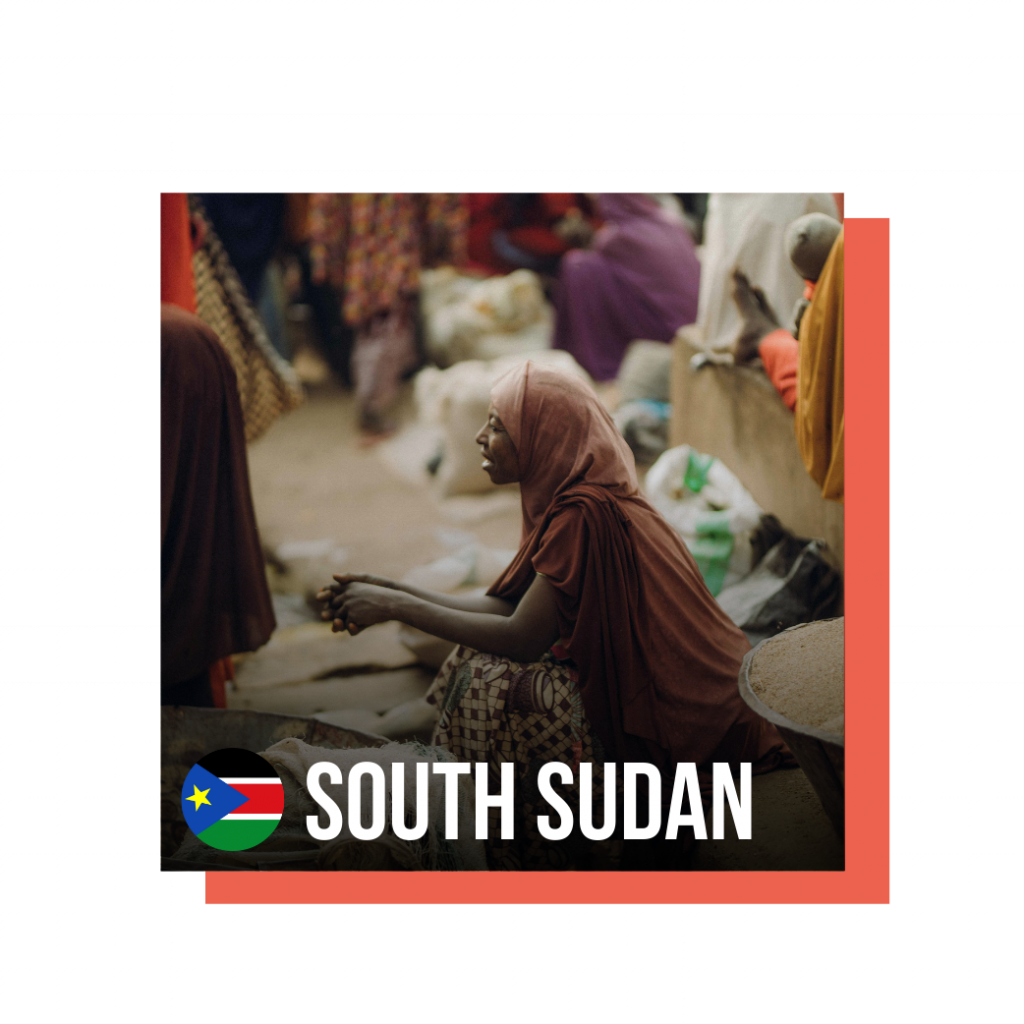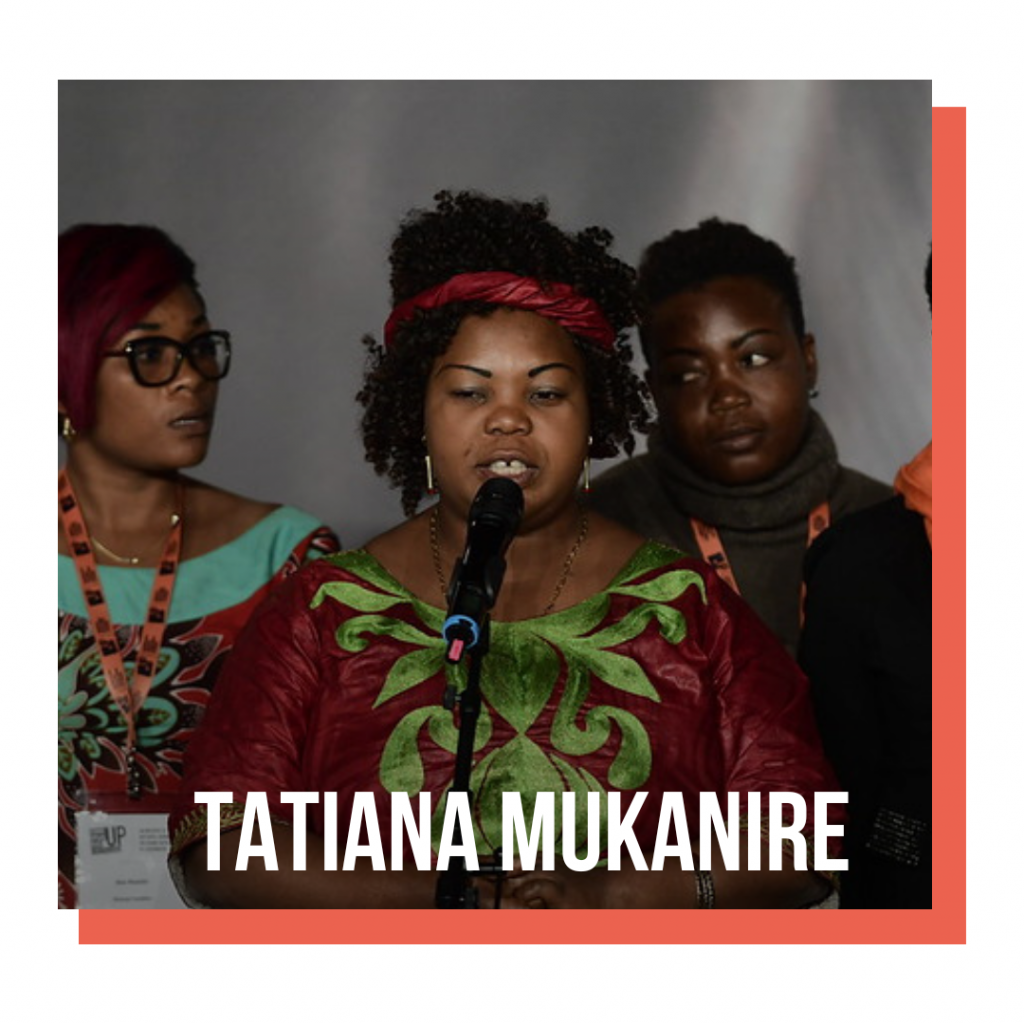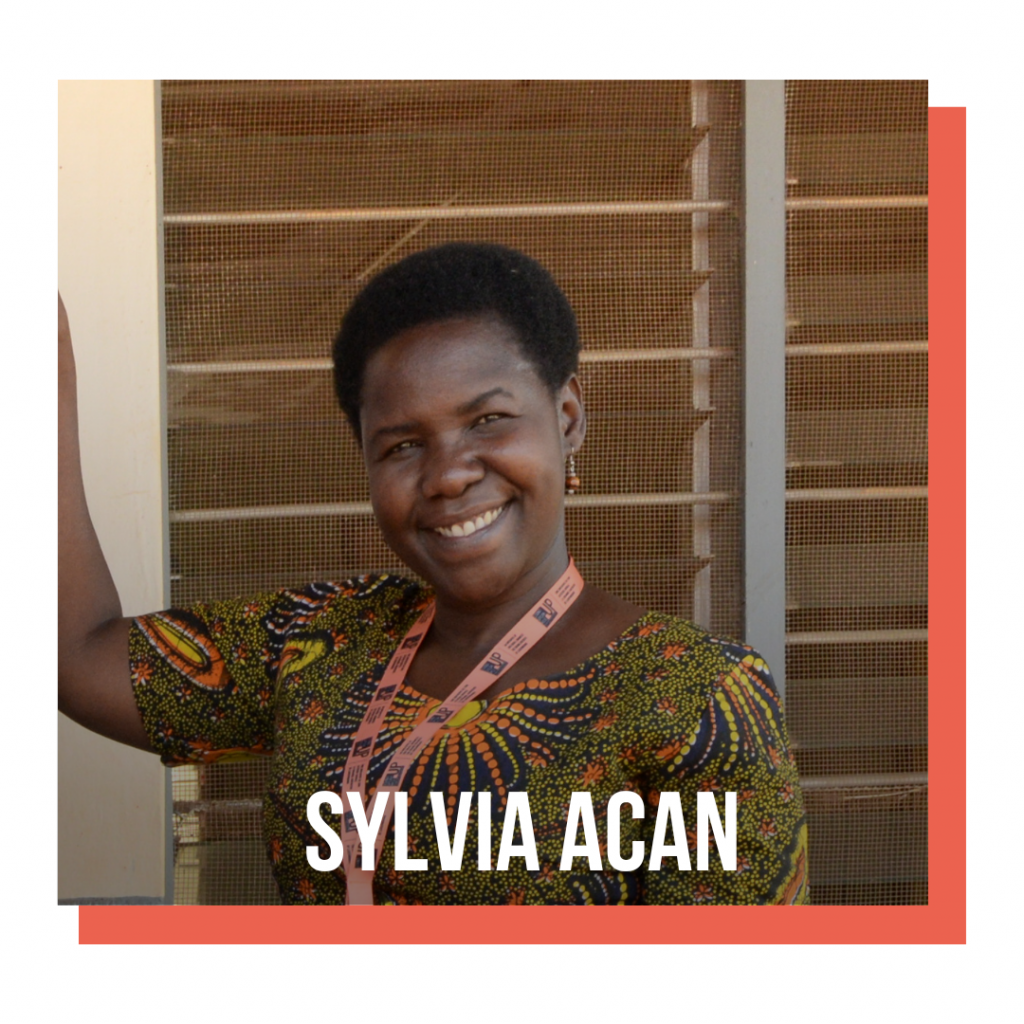/ Understand the cause
What is sexual violence in conflict zones?
Conflict-related sexual violence encompasses a range of sexual abuses such as rape, sexual slavery, forced prostitution, forced pregnancy, forced abortion, forced sterilization, forced marriage, as well as any other form of sexual violence of comparable gravity, perpetrated against women, men, girls, or boys, and directly or indirectly linked to the conflict.
This connection is often evident through the profile of the perpetrators, who are frequently affiliated with state or non-state armed groups, including terrorist entities.
The profile of the victims also plays a role, as they are often actual or perceived members of political, ethnic, or religious minorities, or targeted because of their real or perceived sexual orientation or gender identity. Refugees and displaced persons may be targeted more frequently. However, anyone can be subjected to sexual violence, regardless of age, gender, sexual orientation, or socio-economic background.
Women and girls are the primary victims of conflict-related sexual violence, but rapes against men and boys also occur, and these cases are even more taboo.
These acts of violence often take place in a climate of impunity, linked to state collapse, cross-border consequences such as population displacement or human trafficking, and/or violations of ceasefire agreements.
The term also includes human trafficking for the purpose of sexual violence or exploitation when it is committed in conflict situations.
Sources : Conflict-Related Sexual Violence Report of the United Nations Secretary-General (S/2019/280)
To learn more:
\ CAUSES OF CONFLICT-RELATED SEXUAL VIOLENCE
Rape has always been part of the imagery of war. The female body has long been seen as a battlefield for warring peoples and individuals.
Conflict-related sexual violence serves specific strategic and psychological objectives of domination and power. As such, it is necessarily organized, orchestrated, institutionalized, and intended to be widespread, targeting entire communities.
By inflicting severe physical and psychological trauma, perpetrators of sexual violence aim to instill terror among civilian populations. This destabilizes communities and breaks down resistance. The threat of repeated sexual violence paralyzes entire populations. In many cases, rape is not concealed but weaponized and even staged in public spaces, in front of family members or the community, or filmed and distributed.
Example: In Darfur, the Janjaweed militias systematically used rape against women in African villages to establish dominance. These acts of violence forced communities to flee, making it easier for the militias and their allies to seize control of land and resources.
By targeting women, who are often central to social and familial structures, perpetrators seek to break the bonds that hold the community together. Victims of sexual violence are frequently stigmatized and marginalized, exacerbating social disintegration. This destruction of the community fabric makes post-conflict reconstruction extremely challenging.
Moreover, sexual violence against women from the enemy’s side serves as a metaphor for occupation. Through the act of penetrating the woman’s body, the perpetrator symbolically claims the enemy’s territory.
Example: During the Sierra Leone Civil War (1991-2002), the Revolutionary United Front (RUF) used sexual violence to destroy family and community ties. Women and girls were abducted and forced into sexual slavery, which shattered family structures and fostered terror and distrust within the community.
This political strategy also reveals a desire to exterminate the enemy through lineage. Since women’s bodies are the primary source of life, by violating and controlling them through rape, the enemy leaves a permanent mark on the group, disrupting the lineage.
Rape is used as a strategy of ethnic cleansing to “purify” populations or entire regions. By forcing pregnancies and sterilizing women of a targeted ethnic group, sexual violence aims to destroy the cultural identity and demographic continuity of that group.
Example: During the Rwandan genocide of the Tutsi in 1994, women were raped by Hutu militias with the intent to humiliate, traumatize, and even kill them. These rapes were also driven by the desire to “pollute” Tutsi blood through forced pregnancies. Prior to the genocide, propaganda messages encouraged hatred and massacres of Tutsi women, portraying them as a sexual enemy to be eliminated.
By targeting both women and men from a community, armed forces aim to display their power and inflict public humiliation. This strategy is designed to break the enemy’s will to resist. The dehumanization through rape is often accompanied by extreme violence, including insults, beatings, and mutilations.
Example: During the conflict in the former Yugoslavia (1992-1995), detention centers for Bosnian and Croatian women became infamous as “rape camps.” In places like Foča, these women were subjected to sexual assaults, rapes, humiliation, and torture throughout their detention by Serbian soldiers, who demonstrated deep contempt for them. Reduced to slavery, the women had no choice but to obey, or they risked being beaten in front of the other detainees.
In certain situations, sexual violence is used to force the displacement of communities, creating waves of refugees and internally displaced persons. The systematic use of rape leads to population exodus, allowing armed forces and their allies to exploit abandoned agricultural land or seize control of valuable resources.
Example: In the eastern Democratic Republic of Congo, sexual violence is employed as a tool to displace local populations. Armed militias terrorize communities, forcing them to flee their homes, which then allows for the unimpeded occupation of new economic areas and control over the extraction of resources such as cobalt, coltan, and cassiterite.
The collapse of the rule of law and the absence of effective justice mechanisms in an unstable security context perpetuate the impunity of perpetrators: they continue committing crimes without fear of reprisal. This pattern enables the repetition and escalation of sexual violence.

\ CONSEQUENCES OF CONFLICT-RELATED SEXUAL VIOLENCE
Conflict-related sexual violence has profound and multifaceted repercussions on both the victims and their communities. The consequences extend far beyond the moment of the assault. Survivors of such violence may endure severe long-term effects that leave lifelong scars.




Sexual violence causes severe and long-lasting bodily injuries. Beyond mutilations, genital injuries, bleeding, chronic pain, incontinence, and gynecological fistulas are very common. In the Democratic Republic of Congo, Dr. Mukwege has treated numerous women suffering from fistulas after being brutally raped, leaving them incontinent and often ostracized by their communities.
These physical injuries are often accompanied by sexually transmitted infections, including HIV, with tragic consequences. In Ethiopia, particularly in the Tigray region, many women who were raped contracted HIV. The lack of access to adequate medical care has worsened their suffering, depriving them of vital antiretroviral treatments.
Forced pregnancies are another serious consequence. During the 1994 Rwandan genocide, thousands of Tutsi women were systematically raped by Hutu militias, resulting in numerous forced pregnancies. These children, often seen as “children of the enemy,” faced considerable rejection and stigma from the community, and sometimes even from their own mothers.
The devastating impact of sexual violence is also evident in the long-term mental health of survivors. These assaults damage the moral and psychological integrity of individuals, leading to identified disorders such as Post-Traumatic Stress Disorder (PTSD), depression, insomnia, anxiety, intense feelings of terror, rage, shame, loss of self-esteem, and a deep sense of guilt.
The Yezidi women who were kidnapped and raped by Islamic State fighters in Iraq and Syria suffer from PTSD, depression, and recurrent nightmares. They experience profound trauma, as Yezidi authorities refuse to accept children born from these rapes into the community, labeling them as the offspring of enemy fighters. This situation, combined with their experience as sexual slaves, exacerbates their feelings of rejection, both from themselves and their community, and is worsened by the lack of adequate medical or psychological care.
The social repercussions are profound for both victims and their communities. Within families, sexual violence damages a family’s honor and can lead to the rejection of the victim. In societies where familial honor is paramount, a raped woman may be seen as an “intolerable stain,” resulting in her ostracization. For example, in some parts of Afghanistan, raped women are often cast out by their families and communities, forcing them to live on the margins of society.
These acts of violence also destroy social bonds. During the civil war in Sierra Leone, women played a crucial role in providing logistics, childcare, and care for the wounded. Their victimization weakened the fighters and further destabilized their communities.
Fear, shame, silence, and self-denial contribute to collective defilement and humiliation through the women, deteriorating social cohesion and leaving deep scars in the collective memory. This trauma is often passed on to future generations, perpetuating the impact of the violence through intergenerational trauma transfer.
The economic repercussions of sexual violence are severe. Victims often find themselves in situations of poverty and exclusion from their communities, leading to job loss or school dropout. For instance, in Colombia, women displaced by armed conflict and subjected to sexual violence have frequently lost their livelihoods and are forced to live in extreme poverty.
The school dropout of young girls who have been raped deprives them of the education necessary to improve their future, trapping them in a cycle of poverty. The social exclusion and stigma that victims face lead to a significant loss of economic productivity and increase the strain on already fragile social systems.
\ RECOGNITION OF THE STATUS OF CHILDREN BORN FROM RAPE
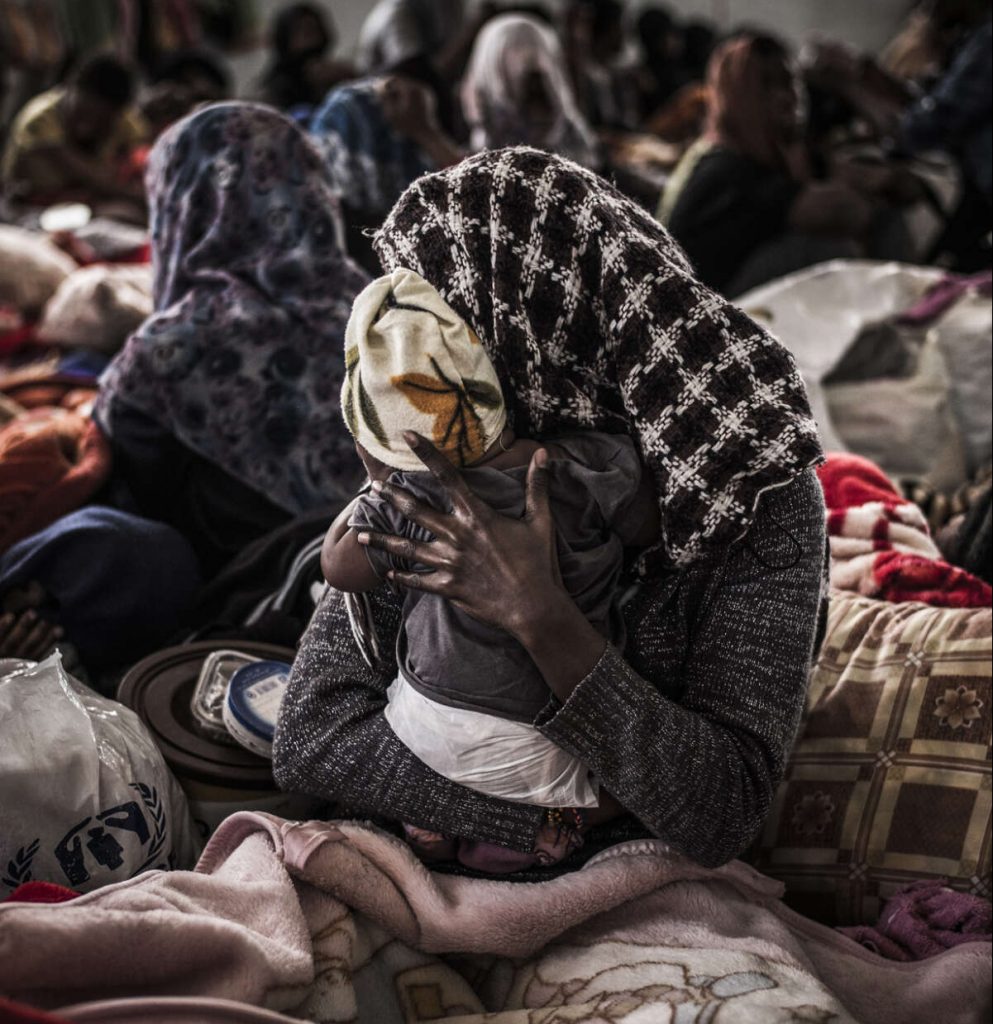
Sexual violence and exploitation are endemic in regions affected by armed conflicts, and children are often among the victims. It is estimated that tens of thousands of children have been born as a result of sexual violence or exploitation over the past decades. Born of war, these children are deeply affected by the social upheavals that led to their conception, as well as by the treatment they endure from society due to their biological origins.
Stand Speak Rise Up! notably supports the survivors who came to testify at the 2019 forum in Luxembourg. Projects are designed and developed alongside them, taking into account their needs and how best to address them. At every stage, survivors are consulted. It is the local associations, which they represent, that implement the projects on the ground.

